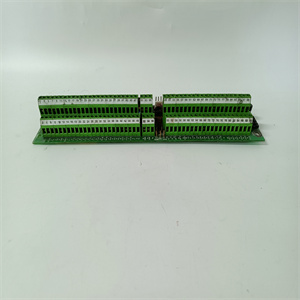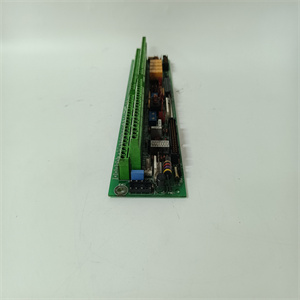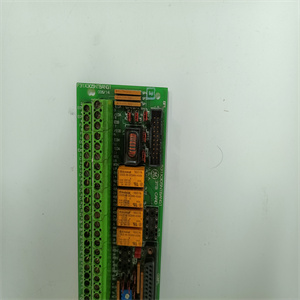
531X305NTBANG1 F31X305NTBANG1
Prompt Analysis
Prompt:
531X305NTBANG1 F31X305NTBANG1 Product details, parameters, specifications, dimensions, weight, series, features, and function. Itemized in English.
Note: Without specific information about the manufacturer or product category, it’s difficult to provide a definitive breakdown. However, based on the format of the part numbers, it’s possible they could be related to electronic components or assemblies.
Potential Information Breakdown (Assuming Electronic Components)
Product Details:
- Manufacturer: Identify the manufacturer (e.g., Texas Instruments, Analog Devices, etc.).
- Product Type: Determine the general category (e.g., integrated circuit, transistor, resistor).
- Series: Identify the specific product series or family.
Parameters and Specifications:
- Electrical: Voltage, current, power, resistance, capacitance, etc.
- Physical: Dimensions (length, width, height), weight, package type (e.g., DIP, SOIC, QFP)
- Environmental: Operating temperature, humidity, storage conditions, etc.
- Performance: Speed, accuracy, noise, etc.
Features:
- Unique capabilities: What sets this component apart from others in the same category?
- Applications: For what specific uses is the component designed?
Function:
- Purpose: What does the component do within a larger system?
- Compatibility: Is it compatible with specific standards or interfaces?
Where to Find Detailed Information:
- Manufacturer’s Website: Search for the part numbers on the manufacturer’s website.
- Datasheets: These technical documents provide detailed specifications.
- Online Distributors: Websites like Digi-Key, Mouser, or Arrow Electronics often have datasheets and pricing information.
- Engineering Forums: Platforms like Electronics Stack Exchange can be helpful for discussions and troubleshooting.
Tips for Effective Searching:
- Use specific keywords: Along with the part numbers, include terms like “datasheet,” “specifications,” “dimensions,” “features,” and “application.”
- Be specific about your needs: If you’re looking for a particular aspect of the product, include that in your search query.
- Try different search engines: Besides Google, explore other search engines like Bing or DuckDuckGo.
- Utilize advanced search operators: Learn how to use quotation marks, the minus sign, and other search operators to refine your results.
To get the most accurate and up-to-date information, I recommend that you:
- Visit the manufacturer’s website and use their search function to find datasheets and other documentation for the specific product numbers.
- Search online distributors for datasheets and pricing information.
- Consult engineering forums for discussions and troubleshooting.
If you can provide more context, such as:
- What kind of device or system are these components used in?
- What specific information are you looking for? (e.g., dimensions, electrical ratings, communication protocols)
I can provide a more tailored response.
Please note: Without knowing the manufacturer or product category, this is a general outline. The specific information available will depend on the component and its manufacturer.

531X305NTBANG1 F31X305NTBANG1

531X305NTBANG1 F31X305NTBANG1

531X305NTBANG1 F31X305NTBANG1
 WhatsApp:+86 18005022363 WeChat: +86 18005022363 /+86 18150887953
WhatsApp:+86 18005022363 WeChat: +86 18005022363 /+86 18150887953  Email:
Email:
-110x80.jpg)




